The lowly water coolers is part of everyday life, forgotten but then relied upon. You can find it in office breakrooms, family homes, gyms, and waiting rooms. These devices offer more than a chilling refreshment—they boost hydration, enhance social engagement and improve overall health.
So this article is going to cover the particular mechanics that make the water cooler so fascinating. They may look plain, but they use smart technology to provide cool, refreshing water on-demand. Knowing how they operate gives us pay well with the brilliance that went into creating this cherished convenience of life.
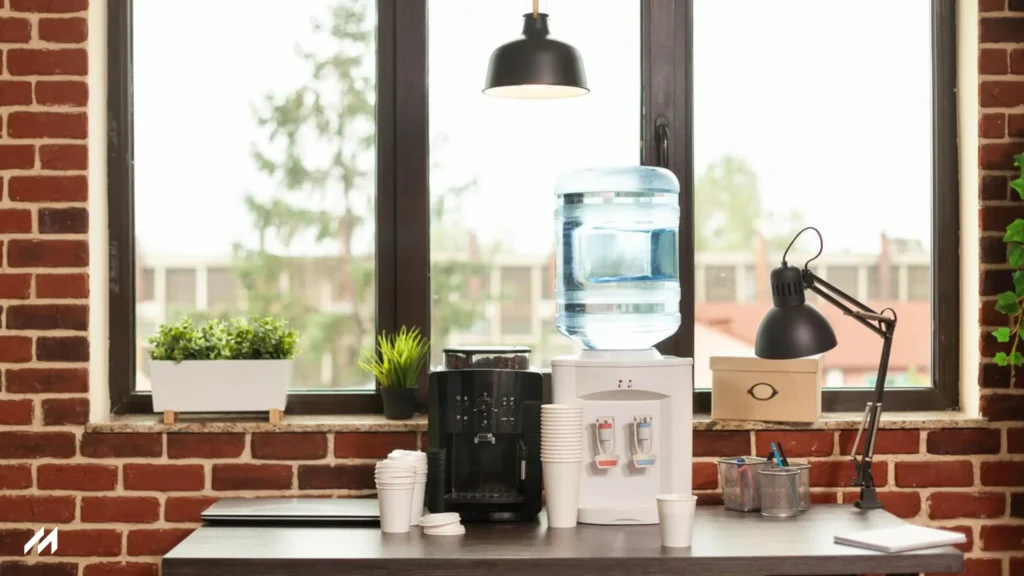
Types of Water Coolers
There are many types of water coolers, from bottled water coolers to plumbed-in coolers. They’re available as compact countertop units or larger office dispensers (or both) and some can even dispense hot or sparkling water.
Bottled Water Coolers
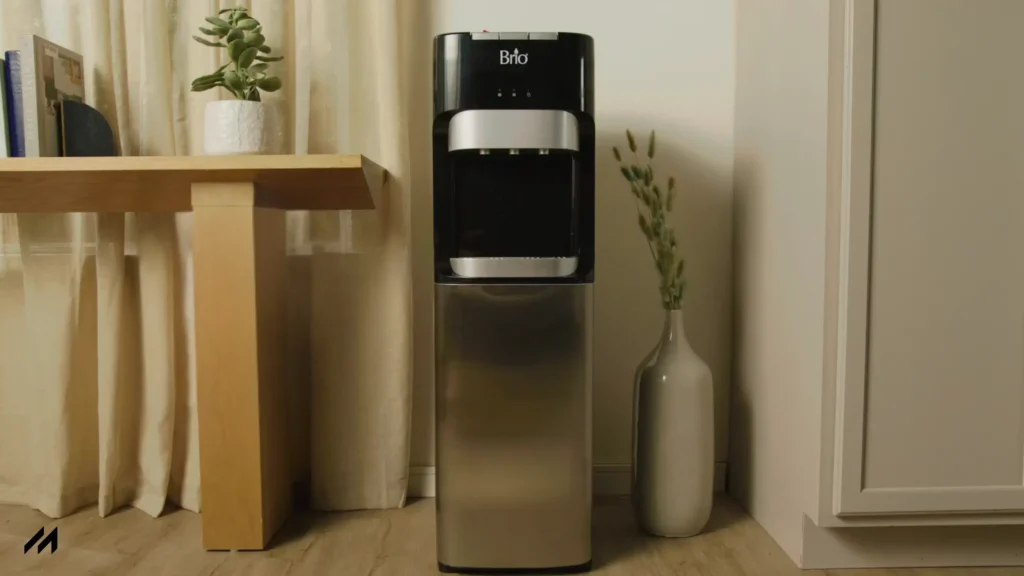
Bottled water cooler works on the principle of offering large bottle of purified water upside down on its top. Gravity then guides the water to an internal reservoir. The water is then cooled through a refrigeration system to the target process temperature. Users can dispense chilled water via a tap. Some standout models also feature a heated reservoir for hot water.
Pros
Cons
Bottleless Water Coolers (Plumbed-In/Point-of-Use Dispensers)
Bottleless water coolers attach to the water line in a building, supplying a constant stream of chilled water — and hot water, too, in most models. These appliances tap into the mains and use integrated filtration systems like carbon or reverse osmosis to cleanse the water. An alternative to water bottles that saves you money, is eco-friendly and convenient with better quality water and storage no hassle.
Bottom-Load Water Coolers
Bottom-load water coolers have a space at the bottom of the unit where you can put a full water bottle in an upright position. They use an internal pump and siphon mechanism instead of top-load models, which draw water up to the tap. With this design, there is no lifting and inverting of heavy bottles, which is more ergonomic.
Bottom-load water coolers provide easy-to-replace, no strain bottles, a neat design hiding a bottled water, no spills or mess when changing bottles, and an uncluttered top desktop area, hence better convenience and appearance.
How Water Coolers Work: Step-by-Step Process
It means that the description will divide the process of heating and cooling into distinct steps. This is convenient for readers because it provides a clear idea of how a water cooler functions step by step.
The Water Flow Mechanism
Different types of water coolers have different methods of water flow.
Bottled water dispenser cooler units rely on gravity to transfer water from the inverted bottle into an internal tank. Equalizing the air pressure makes the flow easier. To dispense, a lever is pushed that opens a valve, letting gravity and reservoir pressure push water out. For dispensing, some models utilize a small electric pump.
Plumbed-in water dispensers are connected directly to the building’s water line. They use mains water pressure to fill internal tanks. When a user presses a button, an internal electric pump kicks in and pushes water to the spout. The flow is commonly controlled by solenoid valves.
The Water Cooling System
Compressor-Based Cooling (Like Refrigerators)
This system is how a fridge operates.
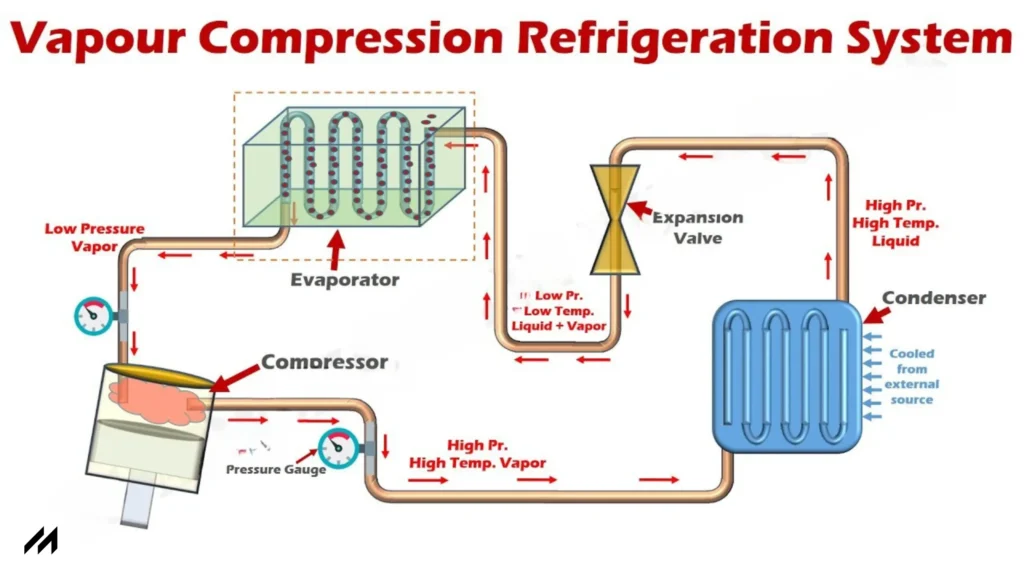
Long story short, a refrigerant fluid flows through a closed circuit. The compressor raises the refrigerant gas pressure and temperature. In the condenser, this hot gas releases heat and converts to liquid.
The liquid expands and becomes very cold. It then pulls heat from the water in the evaporator to cool the water. The heated refrigerant gas returns to the compressor and the cycle continues.
Thermoelectric Cooling (Peltier Effect)
A thermoelectric module is used for this cooling method.

When an electric current runs through, one side is chilled, the other sizzles hot. On the hot side, a heat sink disperses heat. The cold side–“absorbs” heat from the water thus cooling it.
This solid-state system lacks moving parts and refrigerants. It’s small and quiet, but not as energy-efficient as compressor-based cooling for the same capacity.
The Heating System (For Hot Water Dispensers)
Internal heating elements
Typical hot water dispensers use resistive heating element, usually an immersion heater made out of stainless steel. The element itself is submerged in its own hot water tank. As the thermostat senses a decrease in temperature, current runs through the element to heat the water. The heating element is turned on and off by the thermostat to maintain the desired temperature for dispensing.
Temperature range and safety features
The water is heated to around 180°F–205°F in hot water dispensers of water coolers, and are great for hot beverages.
For safety, they come equipped with child safety locks, overheat protection and automatic shut-off features that prevent overflows. Insulated tanks and spouts help reduce the risk of burns, and clearly marked controls make sure it is used correctly.
Filtration & Purification (For Bottle less Coolers)
The carbon filters enhance taste and odor by adsorbing chlorine and organic substances. Reverse osmosis (RO) filters use a semi-permeable membrane to eliminate dissolved solids and microorganisms. Ultraviolet (UV) filters clean water by neutralizing bacteria and viruses.
These filtration techniques elevate overall water quality by eliminating all contaminants, enhancing flavor, minimizing health hazards, and safeguarding the cooler’s components. This leads to drinking water that is cleaner, safer and tastes better.
Key Components of a Water Cooler Dispenser
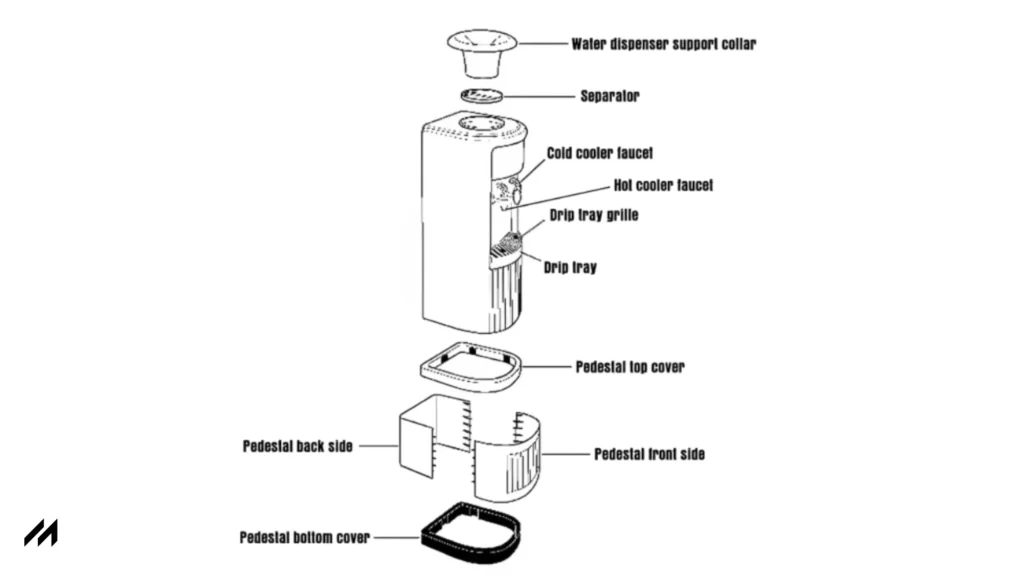
Environmental Impact of Water Coolers
If we had bottleless water coolers, it would be generally more eco-friendly than bottled ones due to there being no plastic waste and no transportation emissions. To get a water cooler that does not waste plastic any more than it has to, either specified bottleless systems or just encourage people to use re-usable bottles with proper recycling facilities. At the same time, select energy-efficient models with Energy Star certification and sleep modes and adjustable temperature settings to minimise electricity consumption and promote sustainability.

Hello, I am Yeasin Sorker, a blog writer and a kitchen appliance expert. I’m a kitchen industry veteran and provide insight, installation advice, and unbiased reviews. I love helping consumers know what to expect from appliances, their benefits and their drawbacks, and have the best experience with them. My information is based on the data.
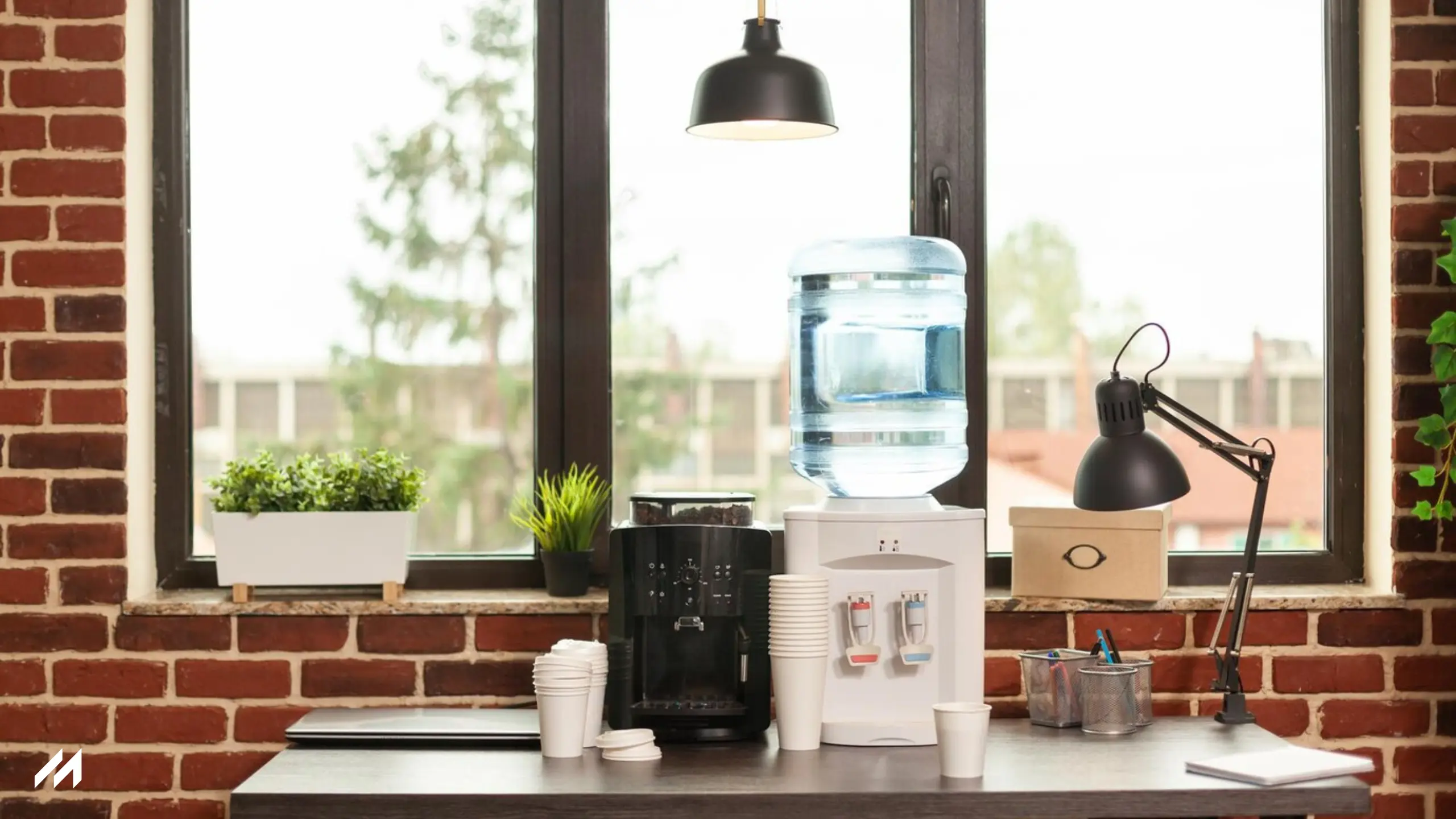
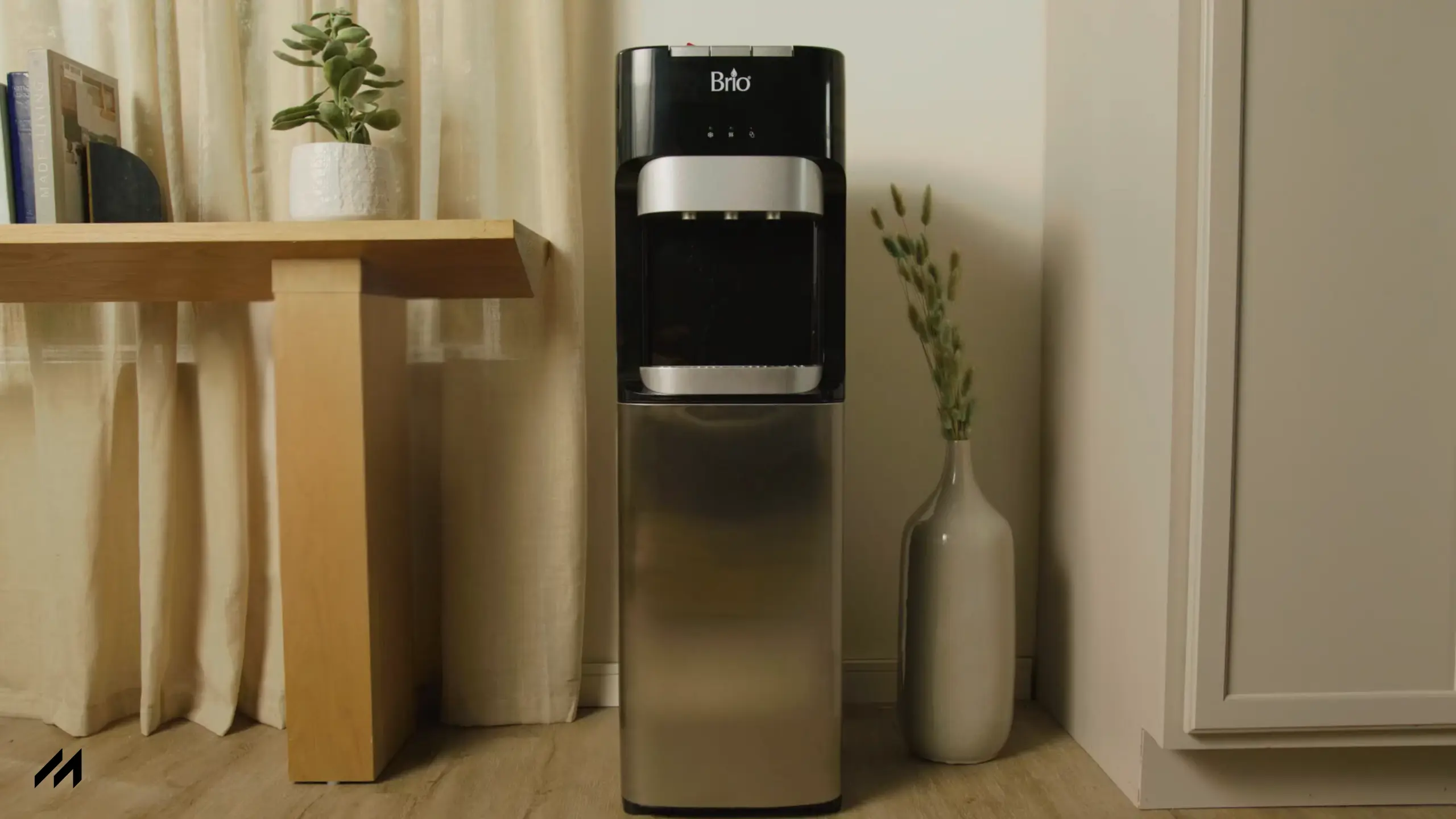
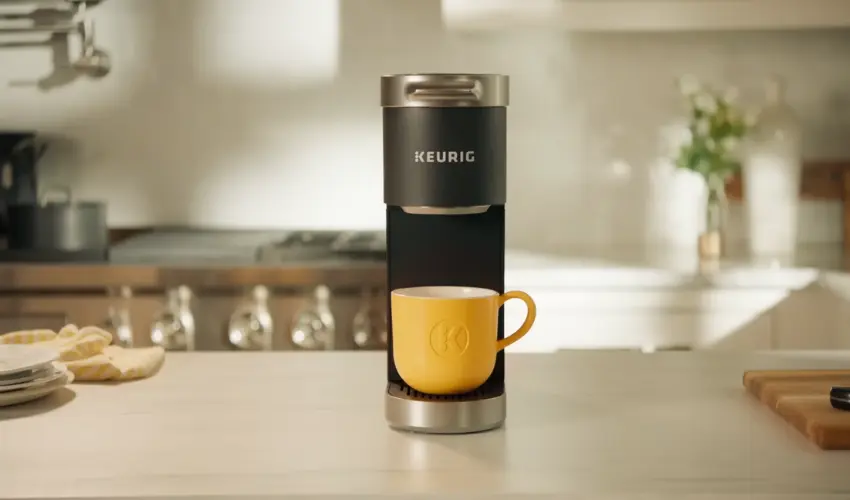
Leave a Reply